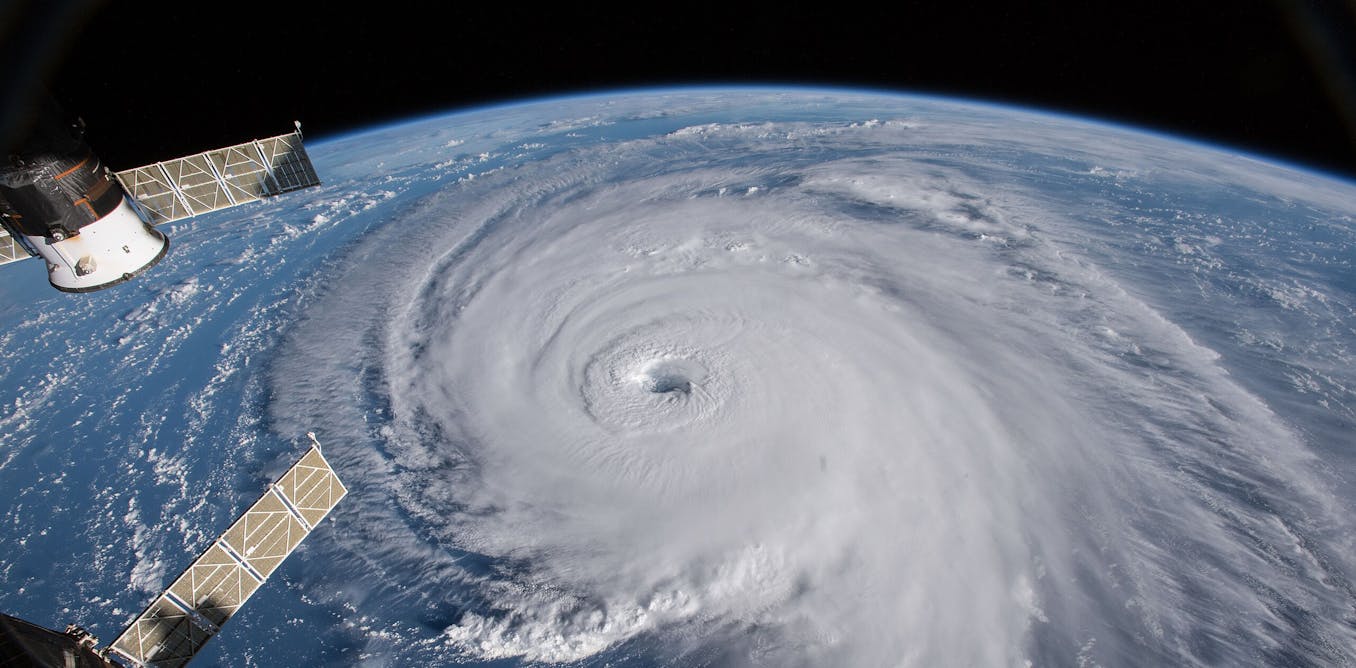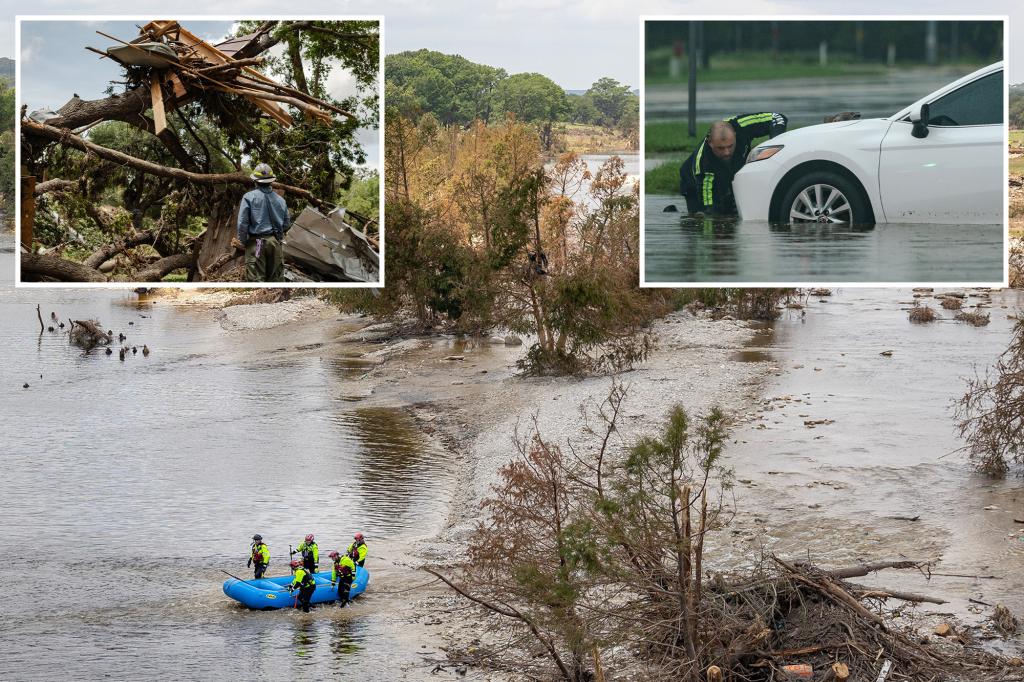Unraveling NOAA’s 2025 Hurricane Forecast: What to Expect This Season
The National Oceanic and Atmospheric Administration (NOAA) predicts an above-average 2025 Atlantic hurricane season, forecasting 14-20 named storms, including 7-11 hurricanes—3-5 of which may reach Category 3 or higher. Released in May 2025, this outlook cites unusually warm ocean temperatures and favorable wind patterns as key drivers, urging coastal communities from Texas to Maine to prepare early.
Key Factors Behind NOAA’s Elevated Forecast
NOAA’s forecast hinges on two primary factors: record-high sea surface temperatures (SSTs) in the Atlantic and a weakening El Niño. Data from April 2025 shows the Main Development Region (MDR)—the stretch of Atlantic where hurricanes intensify—averaged 1.5°C above normal, surpassing 2020’s previous record. Meanwhile, El Niño’s decline may reduce wind shear, allowing storms to organize more easily.
“We’re seeing oceanic and atmospheric conditions reminiscent of hyperactive seasons like 2005 and 2020,” says Dr. Lisa Ramirez, a NOAA lead meteorologist. “The Atlantic is essentially on steroids, with heat energy extending deeper than usual.”
Additional influences include:
- African Monsoon Strength: Enhanced rainfall over West Africa may seed more robust tropical waves.
- Caribbean Wind Patterns: Low-pressure systems could foster storm development in the Gulf.
- Climate Change Trends: Studies link warming oceans to slower-moving, rainier hurricanes.
Regional Risks and Vulnerable Areas
Coastal states face varying threats based on NOAA’s models. The Gulf Coast, still recovering from 2024’s Hurricane Milton, remains at high risk due to shallow continental shelves that amplify storm surges. Meanwhile, the Eastern Seaboard’s densely populated cities—like Miami and Charleston—could see catastrophic flooding from slow-moving systems.
Puerto Rico and the U.S. Virgin Islands, still rebuilding infrastructure after 2022’s Hurricane Fiona, may again bear the brunt of early-season storms. “Island nations have less buffer against rapid intensification,” warns Carlos Mendez, a disaster resilience expert at the University of the Virgin Islands. “A Category 1 storm can escalate to a 4 within 24 hours in these waters.”
Preparedness Gaps and Expert Recommendations
Despite advances in forecasting, gaps persist. A 2025 FEMA report found that only 40% of homeowners in hurricane-prone states carry flood insurance, while aging levees in Louisiana and Texas remain underfunded. Experts emphasize three priorities:
- Early Evacuation Planning: Revised models show surge zones expanding 15% wider than 2005 benchmarks.
- Infrastructure Hardening: Updated building codes in Florida have reduced wind damage by 30% since 2018.
- Community Education: Misinformation about storm paths still leads to delayed evacuations.
“Preparation isn’t just about surviving the storm—it’s about surviving the recovery,” says FEMA Deputy Director Rachel Nguyen. “We’re working with local NGOs to pre-stage supplies in rural areas often cut off post-landfall.”
Climate Change’s Role in Hurricane Intensity
While NOAA avoids attributing single seasons to climate change, its 2025 report acknowledges trends like:
- 20% increase in rainfall rates per degree Celsius of warming (Journal of Climate, 2024).
- Storms intensifying 50% faster than in the 1980s (MIT study, 2023).
Critics argue that overemphasizing climate factors distracts from immediate preparedness. “We can’t control ocean temps next month, but we can control how many sandbags we stockpile,” says Texas Emergency Management Chief Dale Cooper.
Looking Ahead: The Season’s Wild Cards
Uncertainties remain, including:
- Mid-Summer Dust Layers: Saharan air masses could suppress storm formation if they’re denser than expected.
- Late-Season Cold Fronts: Early cold snaps in November might shorten the season.
Private forecasters like Colorado State University will update their predictions in June, but NOAA’s May outlook has historically been 80% accurate for activity levels.
Conclusion: A Call for Proactive Measures
The 2025 season underscores the need for adaptive strategies in a warming world. Coastal residents should monitor NOAA’s monthly updates, review evacuation routes, and consider flood insurance—especially with new policies requiring 30-day waiting periods. As Dr. Ramirez notes, “The numbers are a warning, not a destiny. How we respond will dictate the human toll.”
Next Steps: Bookmark NOAA’s Hurricane Preparedness Portal for real-time alerts and check local emergency management sites for evacuation drills.
See more Your Daily Weather



